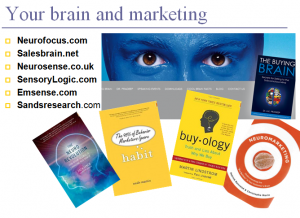 Blogging for your business works like this:
Blogging for your business works like this:
- You blog about the problems you solve for your clients
- You get found on the Web by the people who need your services
- People get to know you, like you, trust you
- They email or call and hire you (photo courtesy ddpavumba)
But then your business grows, you get busy, and what happens to the blog? I’ve seen hundreds of business blogs written by smart professionals who haven’t been posted since last summer.
Here’s my own example. I think I enjoy blogging for other people more than I do for myself! The more work I’m getting ghost blogging for executive coaches, the more interesting my writing becomes, and the more fun I’m having. It’s all good, really, except for a few problems…
I am quite simply more excited about creating content that markets for other professionals than I am for myself and my own business blog. I have long since stopped worrying about being “normal,” so that doesn’t bother me in the slightest.
But here are some problems… All the while, my ranking on the Top 42 Content Marketing blogs is slipping. I went from #4 to #10 to #17…to #45. I may soon be off the list entirely. Yikes! (List now defunct, but you get the point!) Read More→











